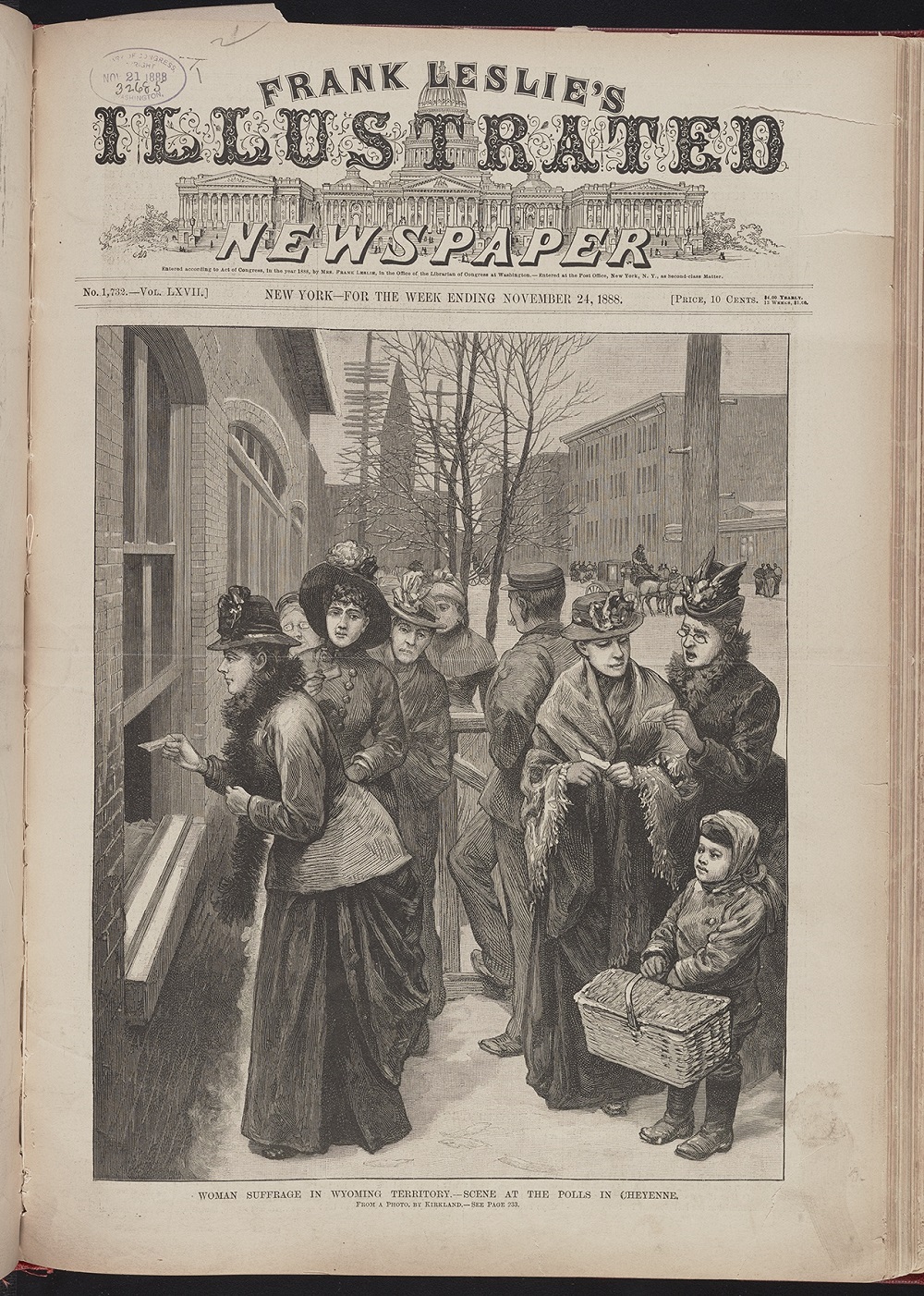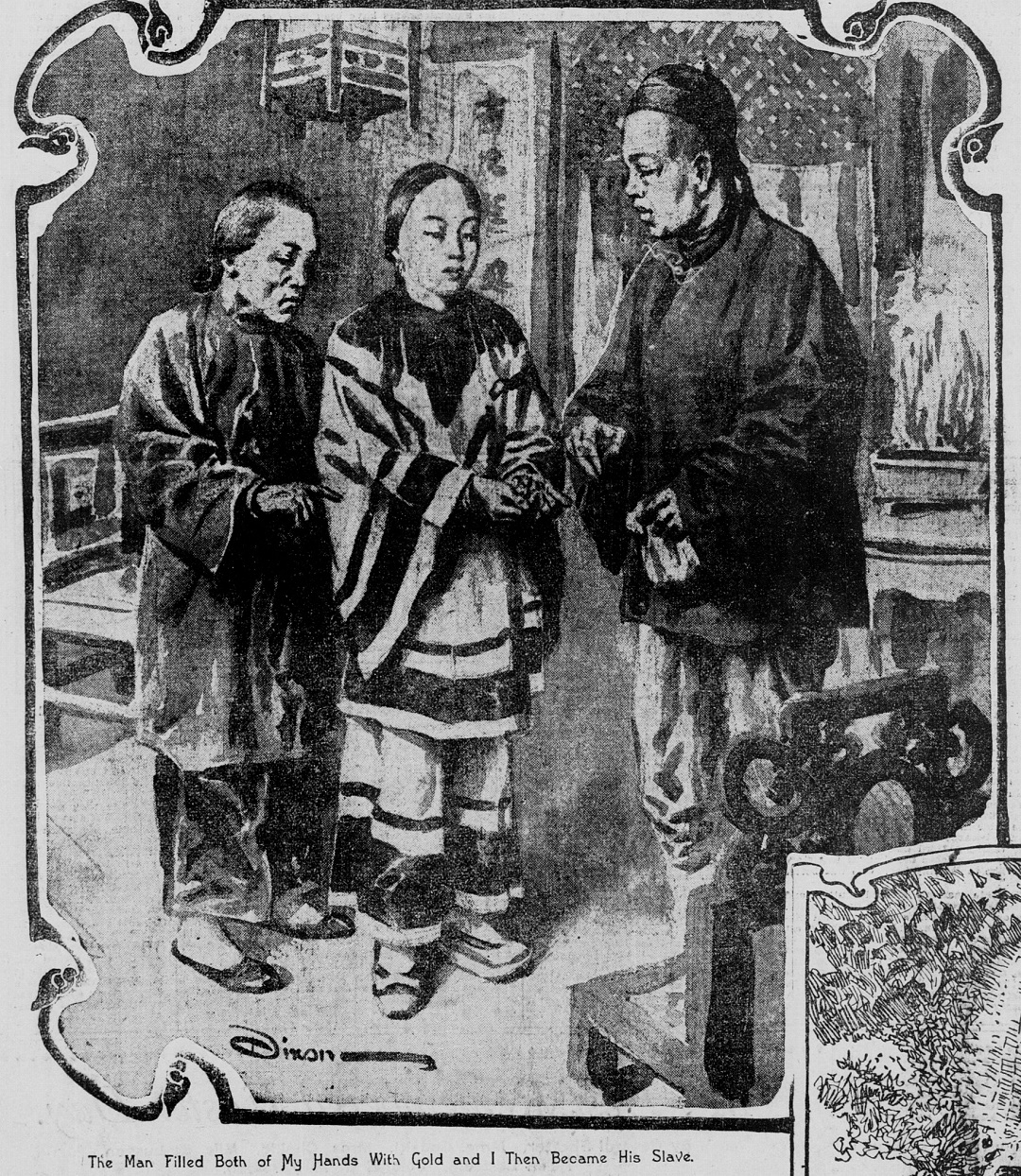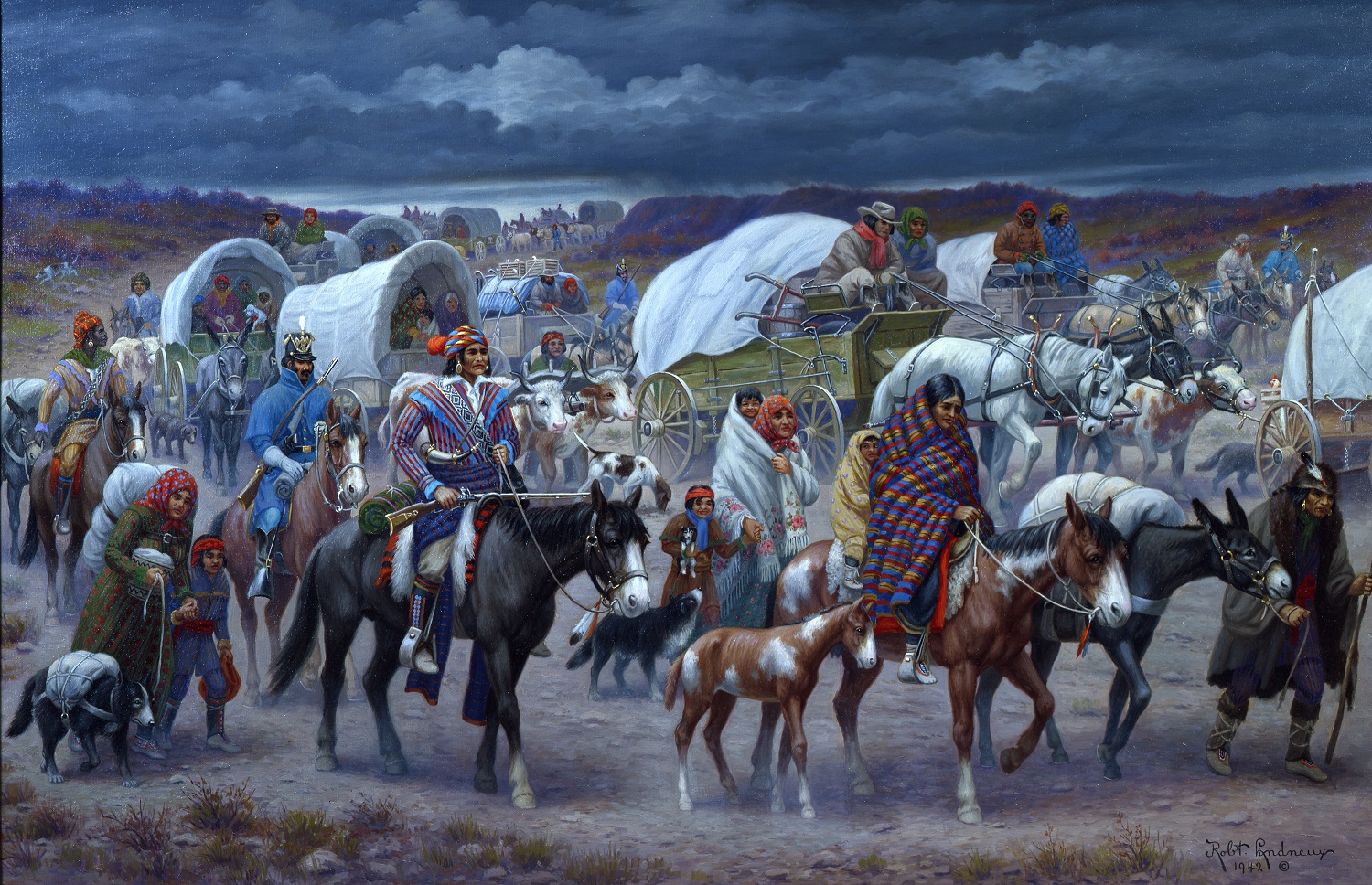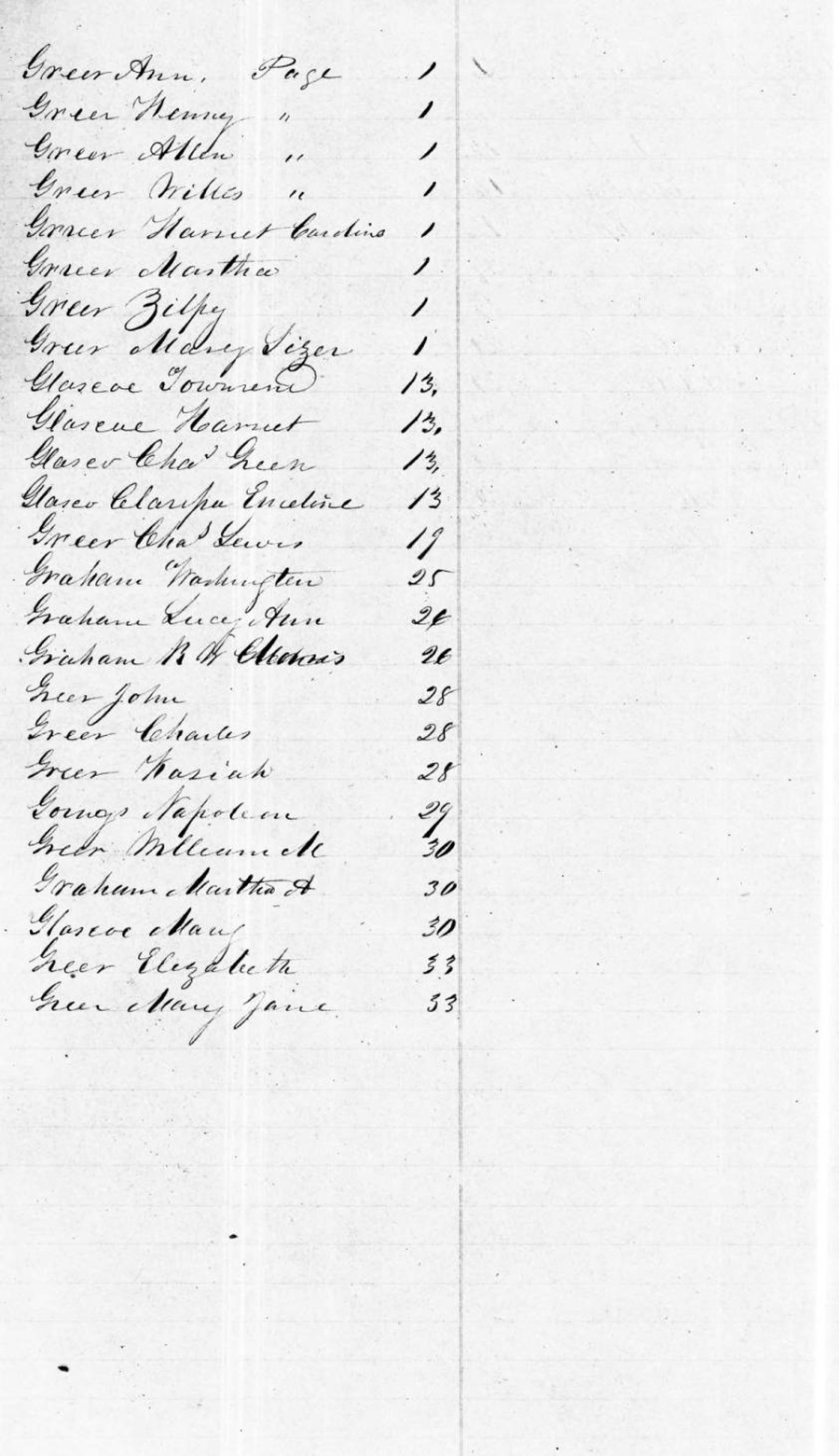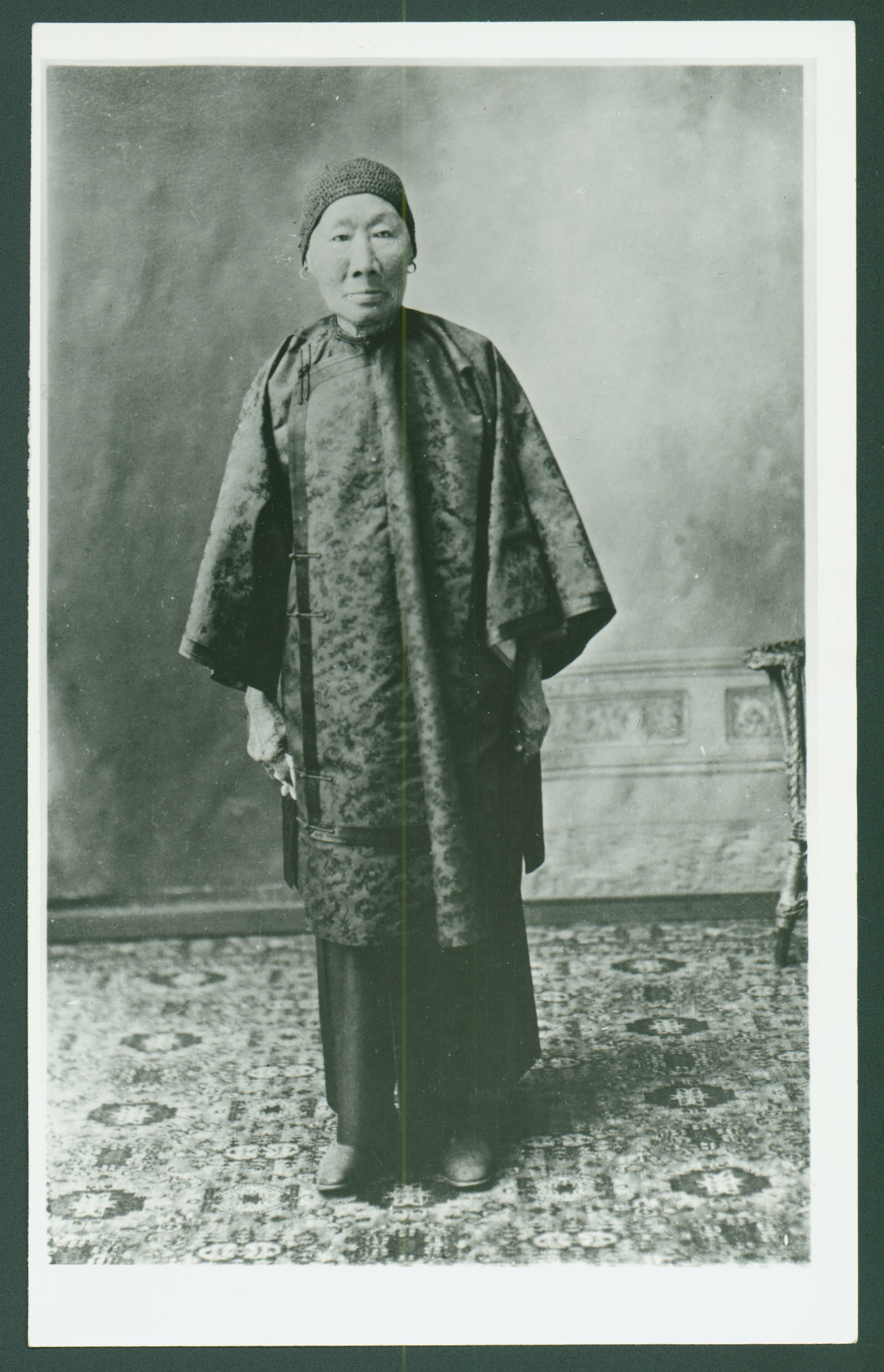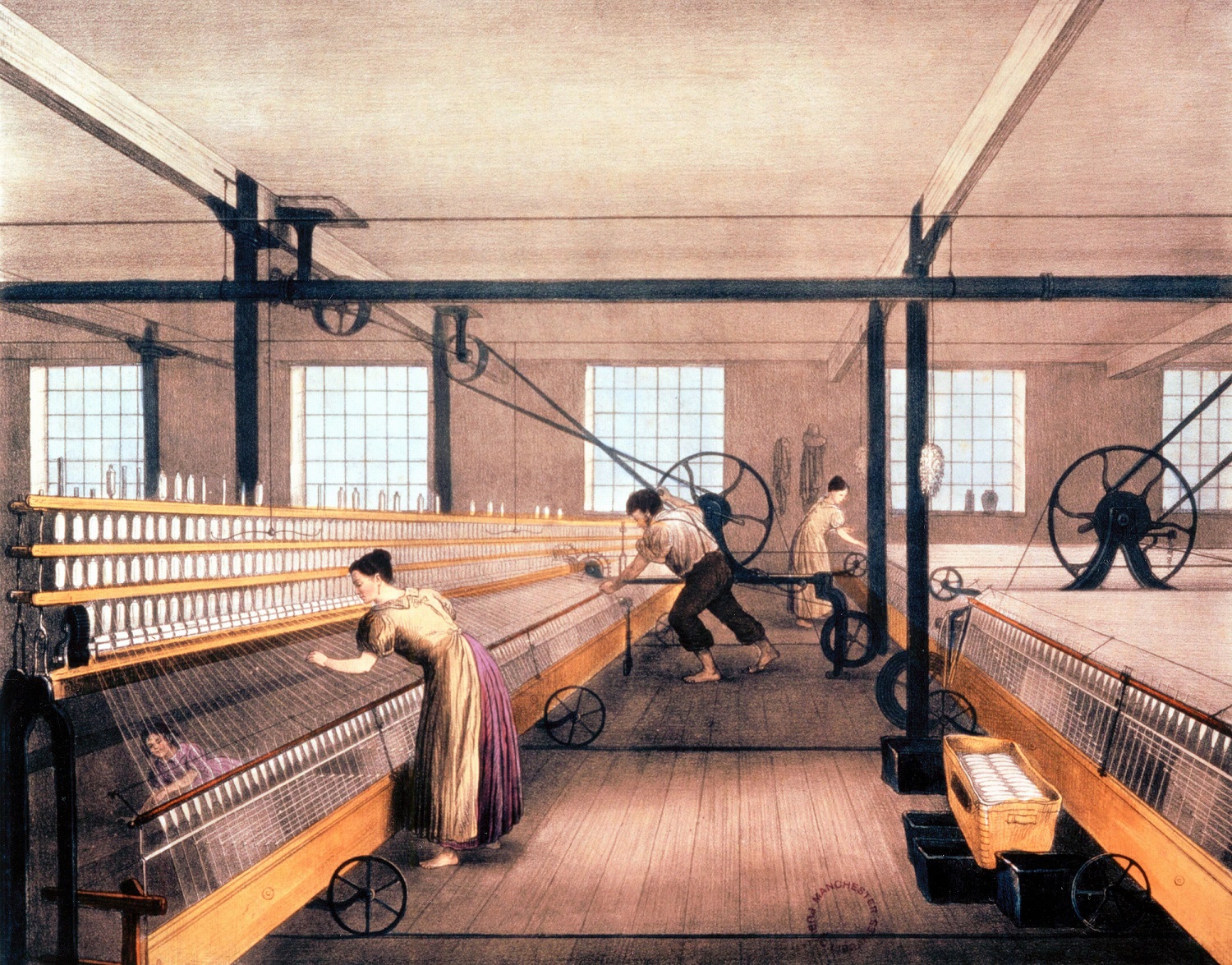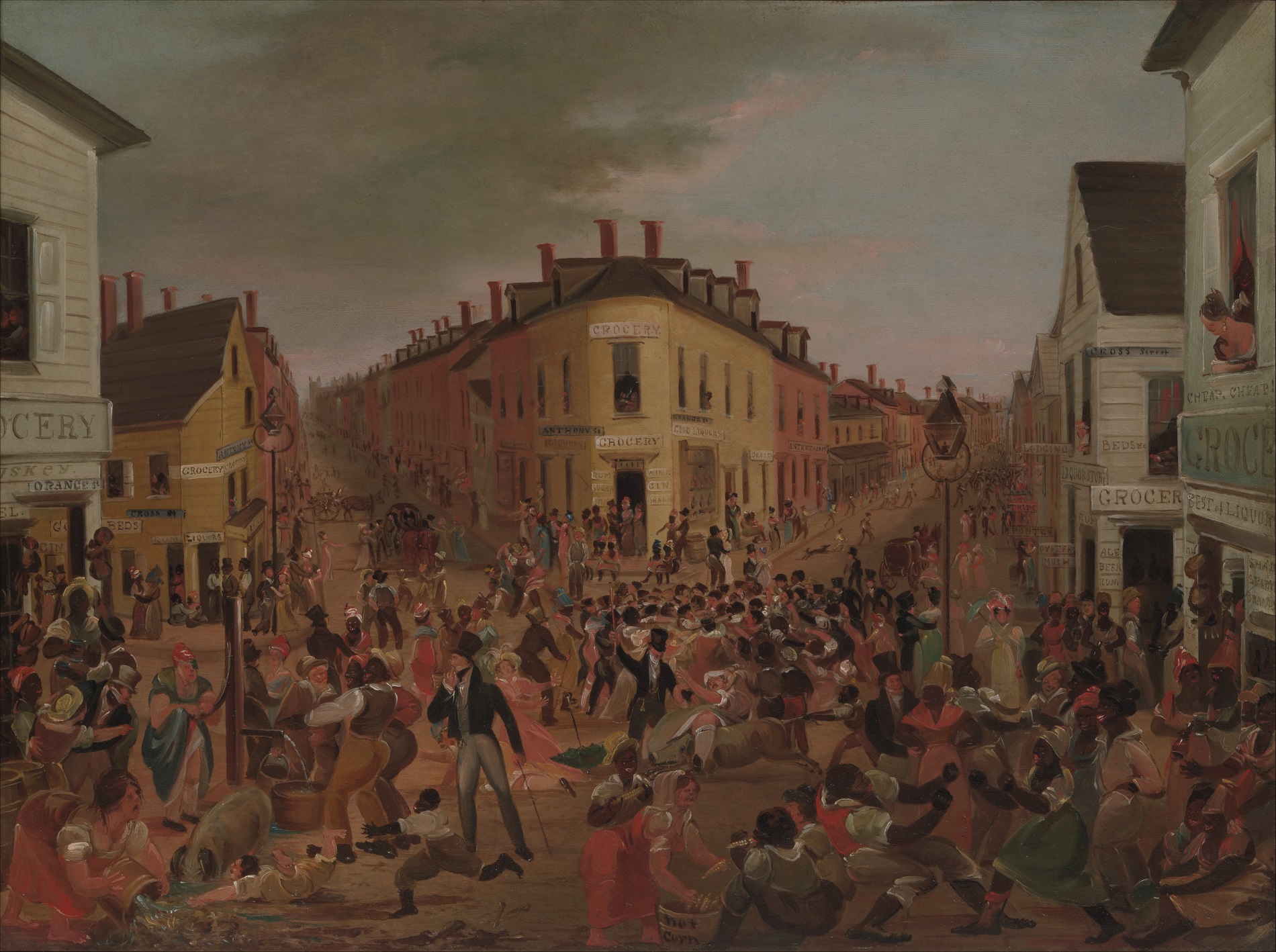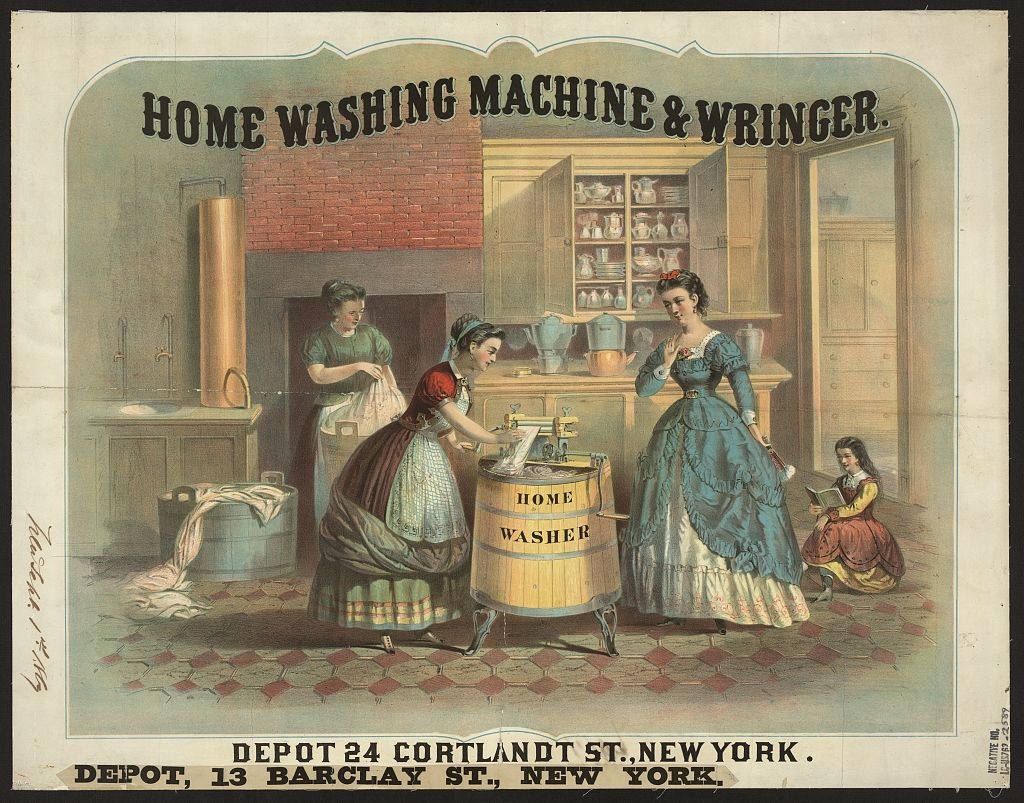Suffrage in Wyoming
Suffrage in Wyoming "Women Suffrage in Wyoming Territory" "Women Suffrage in Wyoming Territory.-- Scene at the Polls in Cheyenne," Frank Leslie's Illustrated Newspaper, 1888. Library of Congress, Prints and Photographs Division. Document Text Summary AN ACT TO GRANT TO THE WOMEN OF WYOMING TERRITORY THE RIGHT OF SUFFRAGE AND TO HOLD OFFICE A law to grant Wyoming women the right to vote and hold political office Be it enacted by the Council and House of Representatives of the Territory of Wyoming: The Council and House of Representatives of the Territory of Wyoming is passing the following law: Sec. 1. That every woman of the age of twenty-oen years, residing in this territory, may, at every election to be holden under the laws thereof, cast her vote. And


